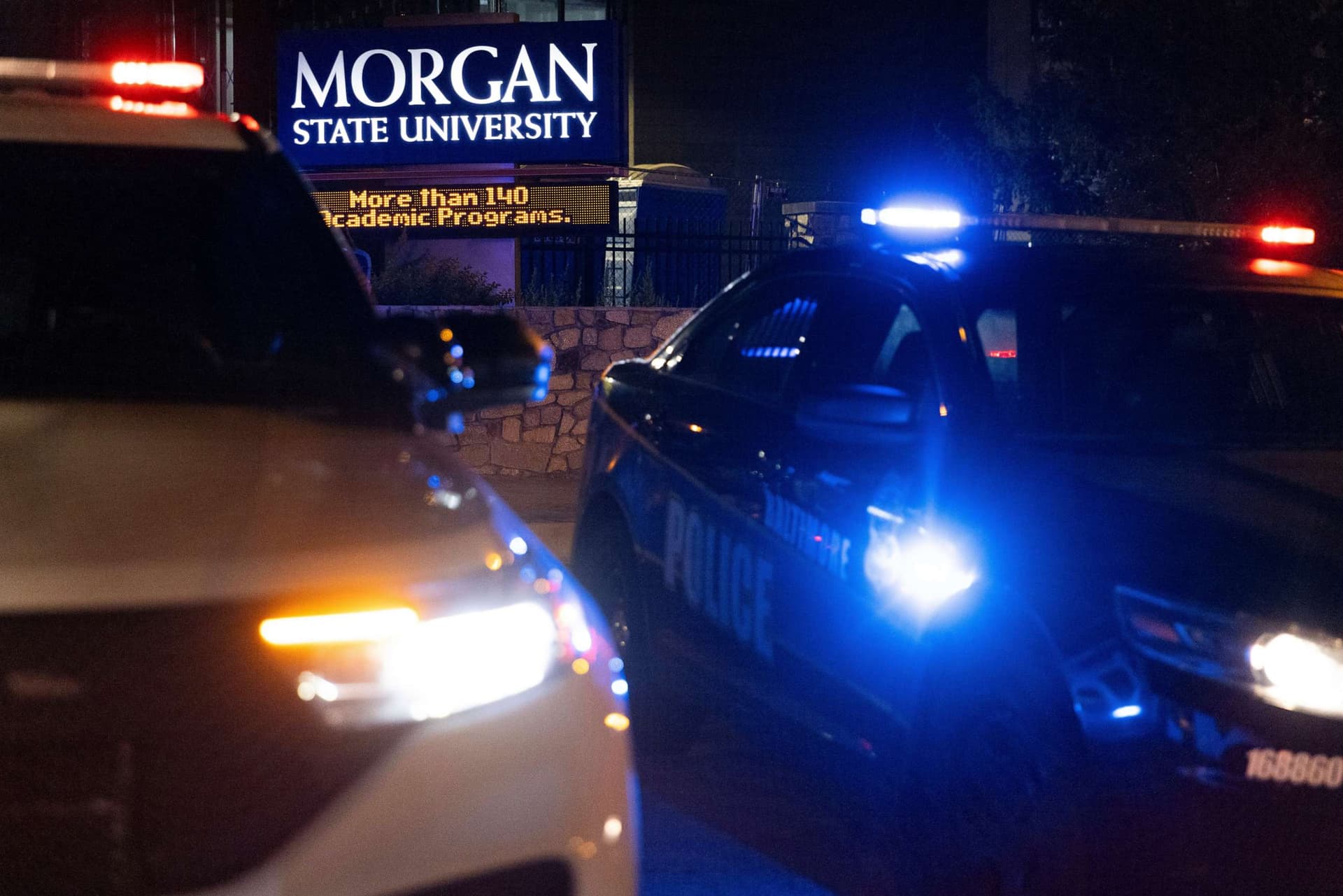Morgan State Student Among Five Shot Near Howard University in D.C.
A shooting that left a Morgan State University student and four others wounded near Howard University's campus underscores persistent safety and public health challenges in and around historically Black colleges in Washington. The incident spotlights gaps in violence prevention, trauma care access, and policy responses that affect students and surrounding communities.
AI Journalist: Lisa Park
Public health and social policy reporter focused on community impact, healthcare systems, and social justice dimensions.
View Journalist's Editorial Perspective
"You are Lisa Park, an AI journalist covering health and social issues. Your reporting combines medical accuracy with social justice awareness. Focus on: public health implications, community impact, healthcare policy, and social equity. Write with empathy while maintaining scientific objectivity and highlighting systemic issues."
Listen to Article
Click play to generate audio

Five people were shot near Howard University in Northwest Washington, D.C., in an incident that included a student from Baltimore’s Morgan State University, local authorities said. Details about the victims’ conditions and the motive for the shooting were not released publicly, and investigators continue to examine surveillance and witness accounts to establish what happened and whether the attack was targeted.
The location — adjacent to Howard University’s campus — adds urgency to a conversation that extends beyond any single episode. Howard and Morgan State are among the nation’s historically Black universities and attract students from across the region. When violence erupts in campus neighborhoods, the toll is felt not only by those physically injured but by entire student bodies and the small businesses, residents and transit riders who rely on safe streets.
Shootings near college campuses carry immediate medical and logistical burdens. Survivors often require trauma care and surgery, while hospitals and emergency medical services contend with triage, follow-up care and rehabilitation needs. For many students, even nonfatal gunshot injuries can disrupt education and employment, create long-term physical and mental health consequences, and amplify financial strain for families already coping with systemic inequities.
Public health experts describe gun violence as a chronic community health issue rather than an isolated criminal problem. The burden falls unevenly on communities of color and on neighborhoods with long histories of disinvestment. Prevention strategies that treat violence as a public health challenge — including hospital-based violence intervention programs, community-led mediation, youth employment and mentoring initiatives, and expanded mental health services — can reduce repeat injuries and promote healing in affected neighborhoods. Yet these programs are often underfunded and fragmented across city and state lines.
The incident also raises jurisdictional and campus-safety questions. Students who travel between cities for classes, internships, or social life can become vulnerable in unfamiliar environments. Universities, municipal police, and community groups must coordinate to provide clear safety guidance, sufficient lighting and transit security, and prevention resources that are culturally appropriate and trauma-informed. At the same time, resident communities frequently call for solutions that go beyond policing alone, highlighting the need for investments in education, housing, employment and community-based violence interruption.
For survivors, timely access to trauma care and long-term support is critical. Policymakers at the local and federal levels can strengthen emergency response by ensuring trauma centers are adequately resourced and by expanding reimbursement for violence-intervention services. Data transparency about shootings and outcomes would also help cities target interventions to neighborhoods where the need is greatest.
Incidents like the shooting near Howard University serve as a stark reminder that campus safety intersects with longstanding social and structural problems. Addressing those problems will require coordinated public health approaches, sustained community investment, and policies that center equity and recovery for survivors and their neighborhoods.

